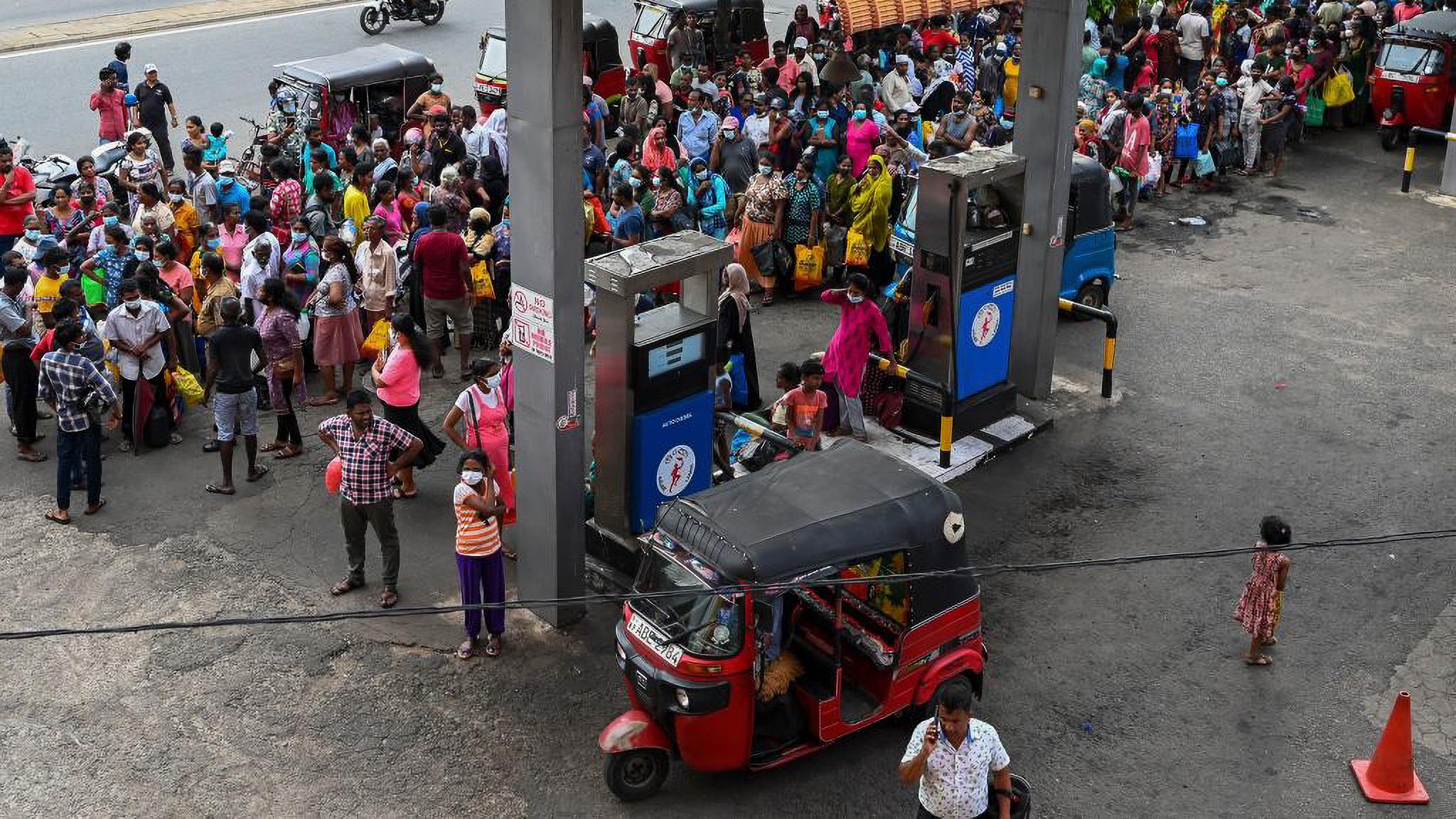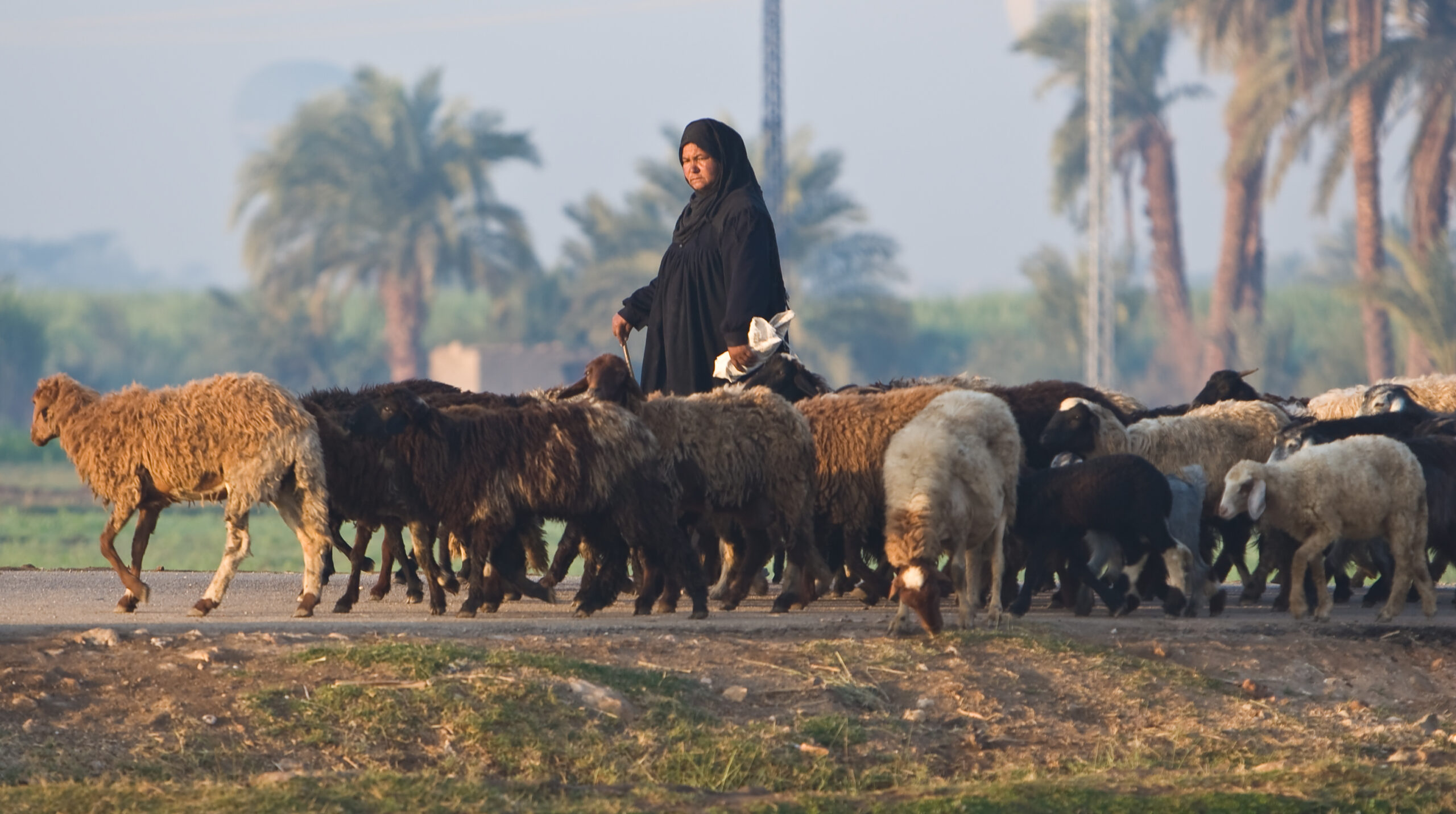Africa south of the Sahara has the world’s youngest and fastest growing population. With enough support from African leaders, agricultural initiatives will boost employment and the economy.
The following post by IFPRI’s Karen Brooks, Director of the CGIAR Research Program on Policies, Institutions and Markets, is a modified version of a story that originally was published by the Guardian. Karen Brooks and other experts will participate in an online discussion over Twitter on the topic of youth employment in agriculture on June 11 at 12 noon EST (see yellow box at right for more information).
Agriculture is currently the employer of most of Africa’s young people, and likely to remain so in the future. But to meet the aspirations of millions for rewarding work, Africa’s agricultural sector will have to change markedly. Today’s agriculture of the machete and the hand hoe does not appeal to young Africans or to policy-makers. Farming is often not even viewed as a “job” by many young Africans, who instead reserve the term for other forms of employment requiring clean clothes and a desk. Yet for a generation of young people entering adulthood, agriculture offers the best opportunity to move out of poverty and build satisfying lives.
Markets for food are booming globally and in Africa. Recent trends in income growth, urbanization, and diet have created a sharp rise in demand for food. Although most food consumed in Africa south of the Sahara is produced there, imports also have increased significantly in the past decade because growth in demand outpaces local and regional supply. African farmers have an opportunity to bring more products to markets that consumers want and increasingly can afford. Who will serve these markets: African or outside producers? The answer depends on African leaders’ decisions regarding policies and public investments that affect local farmers’ competitiveness.
Africa has abundant resources suited for agriculture—especially land, water, and labor. Africa’s population is growing rapidly, and will continue to do so until 2050, when the pace will slow. Young people seeking to establish farms different from those of their parents and grandparents have many options, but also face daunting hurdles. They can farm a portion of their family land, but to do so while earning higher incomes will require skills and capital to move into high-value forms of production, such as horticulture or small livestock. They also may venture out and establish their own independent farms, often in their same community. Malawi’s program to redistribute underutilized land from former tea estates created opportunities for local people to start new farms, and many who did so were young. Young people the world over often enter farming by renting land at first. The substandard development of rental markets in much of Africa, however, acts as a major barrier to such opportunities. In many areas, it is paradoxically easier for large outside investors to obtain farm land than it is for local young people. Those who can obtain land will need advice and mentoring to manage it well and gain access to grants or affordable loans for start-up capital. Programs such as rural and community banks (RCBs) in Ghana to help qualified young people enter farming are much needed. RCBs are now the largest providers of formal financial services in rural areas in Ghana, reaching an estimated 680,000 borrowers and, with some additional outreach, they could be leveraged to benefit young people. They are also very risky, since poorly designed programs are easily subverted for political objectives and often fail as a result.
Many young people will not want to take the risk of establishing their own mid-sized farms, instead opting for a combination of some part-time farming and supplying services to their neighbors, such as machinery service, transport, simple veterinary services, repair of equipment, etc. Others may choose from an even wider range of wage-based work, from unskilled day labor to highly skilled positions on large commercial farms or in food processing. All of these options are “not my grandmother’s farm,” and they represent real opportunities for Africa’s young people. To take advantage of these opportunities, however, young people need skills to handle a range of tasks and equipment. An excellent example of the type of wage-based employment that will require young people to receive some technical training is Red Fox Ethiopia, a floriculture firm located outside of Addis Ababa that draws labor from the surrounding rural areas and towns and offers employer-provided transport to work, life and health insurance, and a subsidized cafeteria.
Policy-makers soon must recognize the importance of agriculture for employment of the young, and redouble efforts to transform the sector. Despite ten years of commitments by Africa’s leaders to invest in agriculture and a modest improvement in performance, particularly after 2008, change is coming too slowly. Per capita output is growing, but this is largely because more land and labor are used and commodity prices are high. Growth in productivity, both of land and labor, lags that in other regions of the world. Improved varieties are now used on about a third of planted area—better than a decade ago, but still far behind other regions. Moreover, many of these improved varieties are ten-year-old hybrids that do not perform as well as more recently developed seeds. The scientific foundations of African agriculture need rapid and focused strengthening. Regulations and policies still impede rapid progress in a variety of areas, from difficulty transferring rights to use land, to slow approval of new seeds and plant protection agents, to barriers at borders for trade in products, inputs, and technologies.
African leaders must convert their rhetorical commitment to agriculture into actions that transform the lives of millions of rural young people. Their efforts will be repaid with an outpouring of energy and initiative sufficient to raise incomes, improve food security, deliver better nutrition, and boost the balance of payments. Africa’s youth dividend is in the countryside, and a vibrant agricultural sector is the mechanism through which to collect it.
For more detailed information, see chapter five of the 2012 Global Food Policy Report.







